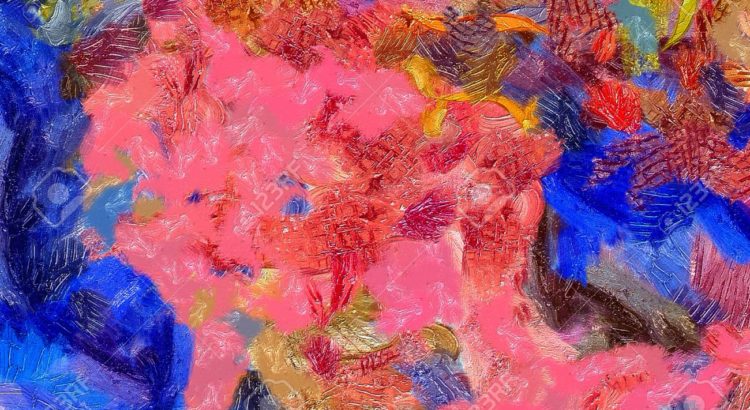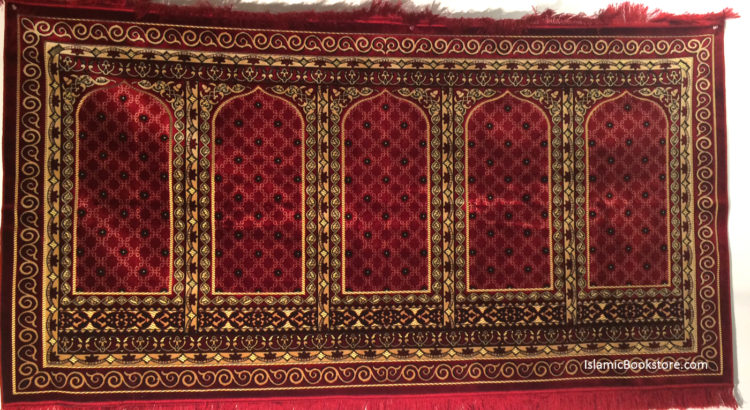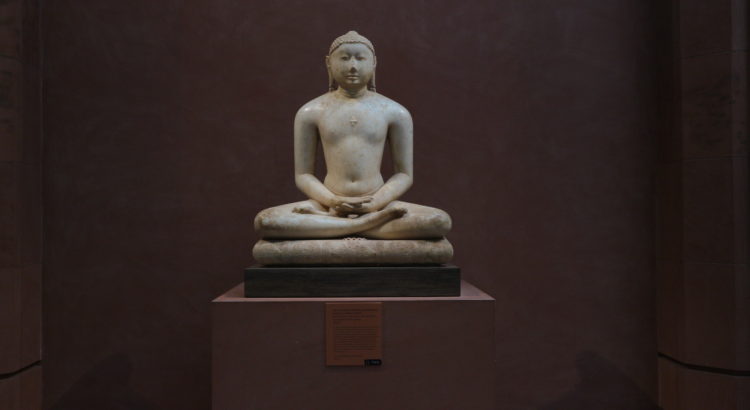There is so much to feel.
If I could ever chronicle whatever resides inside of me, sometimes it would be the splashes of red blotched together with a myriad of orange colors dotting everywhere. The yellows of sunflowers are bursting at the seams of my mind, wanting to go and go. Maybe then you’d listen to me and you’d empathize with the oceans I am holding onto inside me. These oceans constantly slip my fingers, evading me like the very liquid things they are.
Perhaps for the better too, because I can’t keep holding on to these feelings that rage on.
There is a lot to feel.
Most days are dull grey clouds blending together, shading the sun from view. But some days the sudden dopamines join forces to make me feel like endless vibrant blues within me, unexpressed simply because I don’t know how to make sense of it at all. Those are the days I say alhamdulilah (Praise to God in Arabic). I should be grateful everyday.
The snowflakes flutter delicately, now you see it, now you don’t, it melts into the pavements. Truly, what a view. It seems like we sometimes adore things that are temporary because if they’re always around, we’d never stop to enjoy it. In psychology this is explained as hedonic adaptation where we get used to something, be it good or bad, so much that whatever initial feelings we’ve had towards it fade.
There is much to feel, so go and feel them. Usher it into your thoughts, channel them into creations and when the right moment comes, let them escape, riding into the night with dark horses that neigh silently. Wave them goodbye and anticipate the rest that are bound to turn up, again.
Welcome them the next time they invite themselves in. Perhaps you could learn a thing or two from them.
(Image credits: Google Images)



 “The carpet is very beautiful,” the Chinese shopkeeper at the dry cleaning kept saying as he handed me back the prayer rug. “It is,” I said as I thought to myself yeah it is pretty.
“The carpet is very beautiful,” the Chinese shopkeeper at the dry cleaning kept saying as he handed me back the prayer rug. “It is,” I said as I thought to myself yeah it is pretty.





